
Browse an alphabetical list of articles about the Holocaust and World War II. Learn more about topics such as the Nazi rise to power, how and why the Holocaust happened, life in Nazi camps and ghettos, and the postwar trials.
<< Previous | Displaying results 951-970 of 1105 for "Article" | Next >>
The Nazi regime’s Nuremberg Race Laws of September 1935 made Jews legally different from their non-Jewish neighbors. The laws were the foundation for future antisemitic measures .
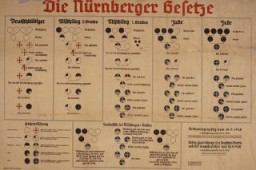
The Weimar Republic existed in Germany from 1918-1933. Learn more about German police during that time.
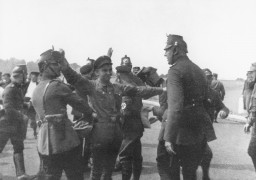
In the spring of 1939, Gilbert and Eleanor Kraus rescued 50 Jewish children from Vienna, Austria, by bringing them to the United States. Learn about their mission.
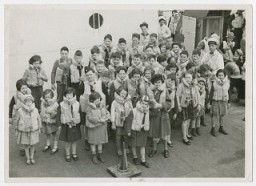
To implement their policies, the Nazis had help from individuals across Europe, including professionals in many fields. Learn about the role of academics and teachers.
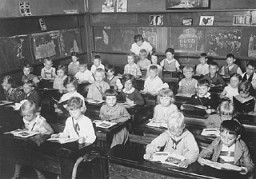
To implement their policies, the Nazis had help from individuals across Europe, including professionals in many fields. Learn about the role of business elites.
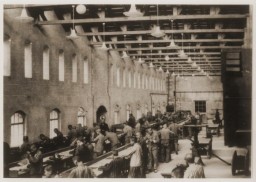
To implement their policies, the Nazis had help from individuals across Europe, including professionals in many fields. Learn about the role of civil servants.
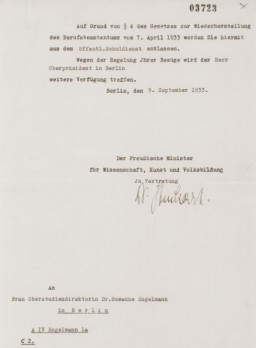
To implement their policies, the Nazis had help from individuals across Europe, including professionals in many fields. Learn about the role of doctors and nurses.
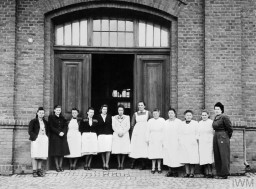
To implement their policies, the Nazis had help from individuals across Europe, including professionals in many fields. Learn about the role of German clergy and church leaders.
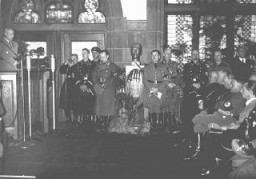
To implement their policies, the Nazis had help from individuals across Europe, including professionals in many fields. Learn about the role of the German police.
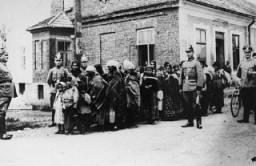
To implement their policies, the Nazis had help from individuals across Europe, including professionals in many fields. Learn about the role of the military.
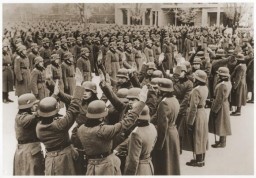
From April to July 1994, extremist leaders of Rwanda’s Hutu majority directed a genocide against the country’s Tutsi minority. Learn more

Thousands of Nazi criminals were never arrested. Learn more about the postwar efforts to bring Nazi perpetrators to justice.
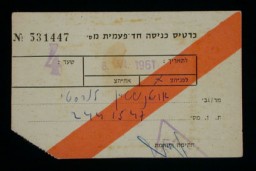
Learn more about the Soviet occupation of Europe before and after the defeat of Nazi Germany and the end of World War II.
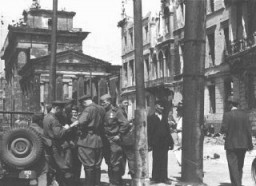
Often referred to as the “eastern front,” the German-Soviet theater of war was the largest and deadliest of World War II. Learn more about the background and key events.
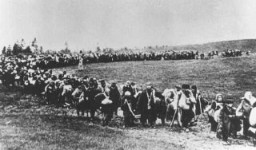
The Nazi treatment of Soviet prisoners of war (POWs) was determined by Nazi ideology. Cruel conditions included starvation, no medical care, and death.
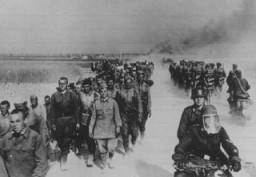
"We Will Never Die" was a 1943 musical stage performance that raised awareness among Americans about the murder of European Jews. Learn more.
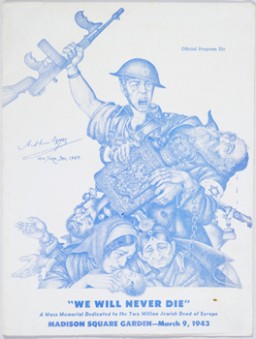
Theodor Wolff was an influential German journalist and vocal opponent of the Nazis. His work was burned during the Nazi book burnings of 1933. Learn more.
Theodore Dreiser was an American author of naturalist fiction. Censorship and bans accompanied him all his life. His works were burned in Nazi Germany in 1933.
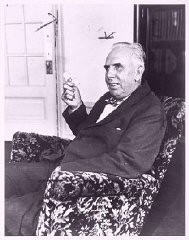
The Theresienstadt camp/ghetto served multiple purposes during its existence from 1941-45 and had an important propaganda function for the Germans. Learn more.

Learn about the role of Theresienstadt in the deportation of German and Austrian Jews to killing sites and killing centers in the east.

We would like to thank Crown Family Philanthropies, Abe and Ida Cooper Foundation, the Claims Conference, EVZ, and BMF for supporting the ongoing work to create content and resources for the Holocaust Encyclopedia. View the list of donor acknowledgement.